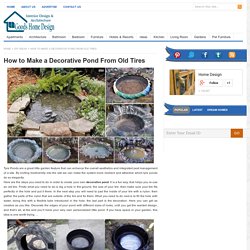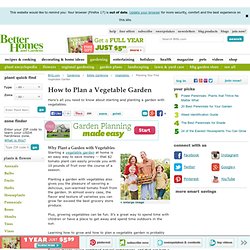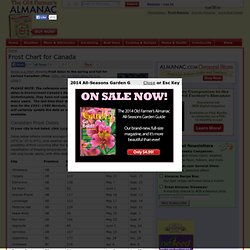

I love Gardens. How to Make a Decorative Pond From Old Tires. Tyre Ponds are a great little garden feature that can enhance the overall aesthetics and integrated pest management of a site.

By inviting biodiversity into the site we can make the system more resilient and attractive which tyre ponds do so elegantly. Here are the steps you need to do in order to create your own decorative pond. It is a fun way, that helps you re-use an old tire. Firstly what you need to do is dig a hole in the ground, the size of your tire. then make sure your tire fits perfectly in the hole and put it there. In the next step you will need to pad the inside of your tire with a nylon. then gather the parts of the nylon that are outside of the tire and fix them. Solar Pumps & Fountain Pump Kits from $49.95 at 1000Fountains.com. * Lovely Greens *: How to Make a Better Strawberry Pallet Planter. Over the past year I've come across scores of diy pallet projects, some of them intriguing and others not quite there yet but still having potential.

One that I see time and again is the idea of using a single wooden pallet as a strawberry planter. Filled with soil and with plants inserted in the gaps they're usually leaned up against a wall but sometimes bolted on to keep from tumbling over. It's a clever idea but I've steered away from trying it myself because I suspect that they'll require constant watering and erosion control and also because I'm not convinced that they'll work long term. Almost every image I've found of pallet planters look to be newly planted rather than a tried and tested design. Still I was interested in the idea and with the gift of eight pristine wooden pallets, I started scouring the internet looking for alternative tutorials. First of all, choosing pallets for diy projects involves a bit of know-how. You will need the following materials: Optional:
10 apps to help your garden grow - Gardening software for your phone or ipod - Gardening Books - Garden Gear. Planning Your First Vegetable Garden. Intensive Cropping This type of planting a garden with vegetables means using in wide bands, generally 1-4 feet across and as long as you like.

Intensive cropping reduces the amount of area needed for paths, but the closer spacing of the plants usually means you have to weed by hand. Because of the handwork required, when thinking how to plan a vegetable garden with rows remember: It is important not to make the bands wider than you can comfortably reach. Intensive cropping also allows you to design your vegetable garden, making it a good choice, for example, if you want to grow vegetables in your front yard. It's a great solution for mixing vegetables with ornamentals, as well. A specialized version of intensive cropping is the "square-foot method. " It also makes sense to leave some areas of the garden unplanted at first. GrowGuide Seed Starting Planner. Vegetable garden planning: beginning gardening. Here’s our quick guide for the beginner vegetable gardener.

Whether you’re a beginner or an old hand, planting in a pot or a plot, this advice will help you to plan and grow your tastiest vegetables ever. Why garden? If you’ve never tasted garden-fresh vegetables (lots of people haven’t!) , you will be amazed by the sweet, juicy flavors and vibrant textures. There’s absolutely nothing like them, especially if you grow the vegetables yourself—and you can! We’ll highlight the basics of vegetable garden planning: how to pick the right site, figure out how “big” to go, and how to select which vegetables to grow. Start Small! How to build raised garden beds construction tips. Credit: Alabama Cooperative Extension System Raised garden beds are fairly easy to construct and even easier to maintain.

Here is advice on how to build raised garden beds for your backyard. Benefits of a Raised Garden Ideal for smaller spaces (versus a conventional row garden) Great for rocky, poor, or abused soil Produces a higher yield for the area, thanks to better drainage and deep rooting Allows for a longer growing season, since you can work the soil more quickly in the spring in frost-hardened regions Makes gardening easier; for example, intensive planting creates shade mulch to keep the weeds down. Growing Guide. Canada frost freeze freezing dates chart. Below is a chart showing frost dates in the spring and fall for various Canadian cities.

(Also, see our frost dates for U.S. cities.) PLEASE NOTE: The reference source for Canadian frost dates is Environment Canada's National Climate Services. Unfortunately, they have not updated the information in many years. The last time their data set was calculated was for the 1951–1980 Normals. Here at the Almanac, we will certainly update the data as soon as it is made available. If your city is not listed, click here. Dates below reflects normal averages for a light freeze (29° to 32°F, or -2° to 0°C); local weather and topography may cause considerable variations. The link to more frost dates in Alberta is www1.agric.gov.ab.ca/$department/deptdocs.nsf/all/agdex10.